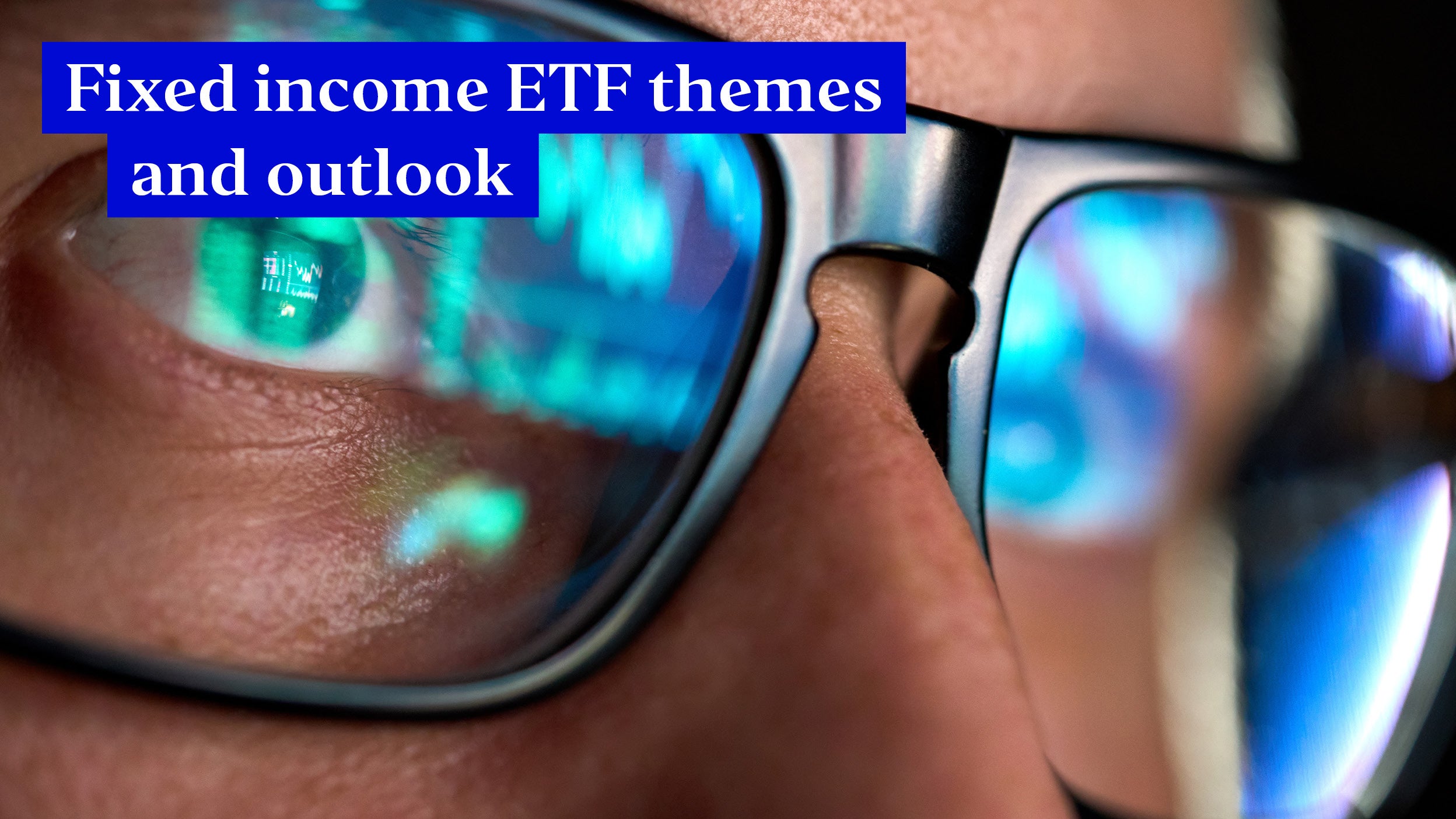
Global Fixed Income Strategy Monthly Report | May 2025
We speak with IFI portfolio managers about the factors driving US investment grade and how they are navigating the current fixed income environment.
Our strategies aim to help you maximise total returns, primarily through investment in a flexible allocation of debt securities and cash. We are free from benchmark constraints, and can actively allocate to corporate bonds, government debt, high yield bonds, developed and emerging market, and cash across fixed income markets globally.
Flexibility is the cornerstone of our philosophy. We only invest when we believe the return potential is sufficient to compensate for the risk and adjust our asset allocation in response to market changes. This means that we sometimes reduce the market risk in our portfolios significantly, when we feel the reward is insufficient. This flexibility also allows us to actively manage various risks such as duration, credit, yield curve and currency risk, on both a short-term tactical and long-term strategic basis.


Let us know your preferences to receive insights and ideas on the themes, strategies and products of most interest to you.

Global Fixed Income Strategy Monthly Report | May 2025
We speak with IFI portfolio managers about the factors driving US investment grade and how they are navigating the current fixed income environment.

Monthly fixed income ETF update
April's fixed income markets saw mixed performance and volatility. Read our latest thoughts on how fixed income markets fared during the month and what we think you should be looking out for in the near term.

Global Debt Team: Setting the stage for the year ahead
While the macro backdrop has evolved over the past six months, we believe it remains consistent with a global economy that is experiencing above potential growth with easy financial conditions. The primary change during the period has been inflation. Against this backdrop, we share our views for the year ahead.

Fixed income ETFs: themes and outlook for 2022
While core holdings in conventional government and corporate bonds continue to be important elements of a diversified portfolio, many ETF investors are now also using different segments of fixed income to achieve other objectives.
The total return on an investment includes interest, capital gains, dividends, and distributions realised over a given period of time. Therefore, Total Return strategies may be appropriate for investors seeking both current income and capital appreciation, through investment growth.
Yield is defined as the income return provided by the bond, which is the interest or dividends received, usually expressed annually as a percentage of the price of the bond.
Traditional bond strategies, such as high yield and investment grade, typically focus more on yield and seeking to generate an income while preserving the initial investment.
Total Return includes both income and appreciation of capital. Total Return investors typically focus more on the growth in their portfolio over time than on the yield in a given period. They will take distributions as needed from a combination of the income generated from the yield on various holdings and the price appreciation of securities.
Investors should understand the key differences between yield and total return so their portfolios are constructed to meet income-generating needs while providing a level of growth.
Duration is one of the fundamental characteristics of a bond, used to assess the sensitivity of a bond’s price to changes in interest rates.
A yield curve is a line that plots the yields or interest rates of bonds that have equal credit quality but different maturity dates.
It can be used as a benchmark for other interest rates in the market, such as mortgage rates and bank lending rates, and investors can use the yield curve to make investment decisions that factor in the likely direction of the economy.
Currency risk is the risk that investment performance may be adversely affected by variations in the exchange rates between the base currency of a portfolio and the currencies in which the investments are made.
Investments in Total Return strategies can be made by either investing in actively managed mutual funds or exchange traded funds (ETFs). Invesco offers a broad range of actively managed Total Return funds and ETFs.